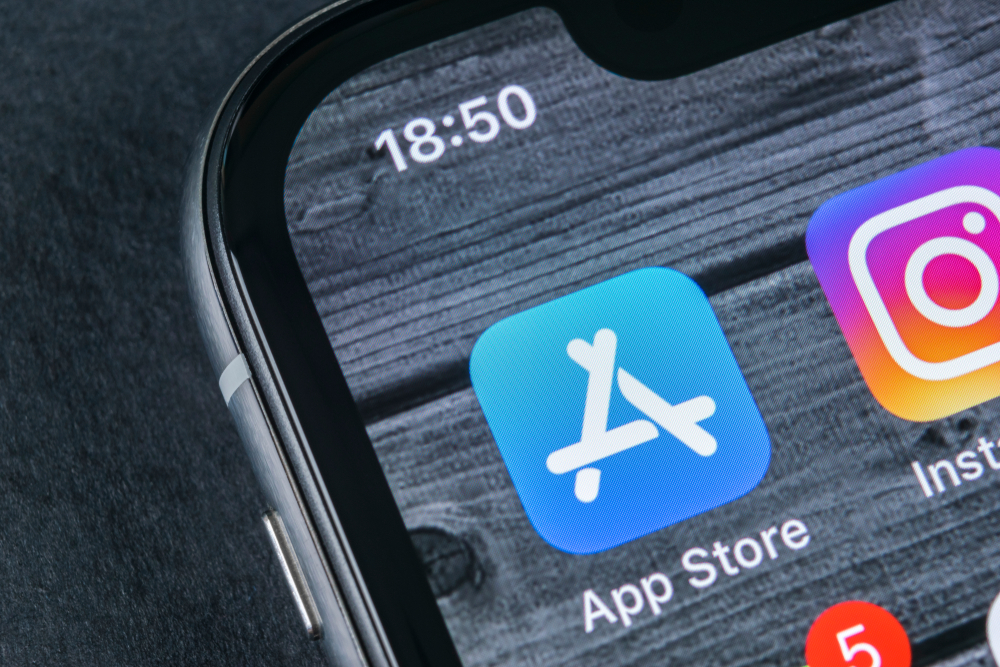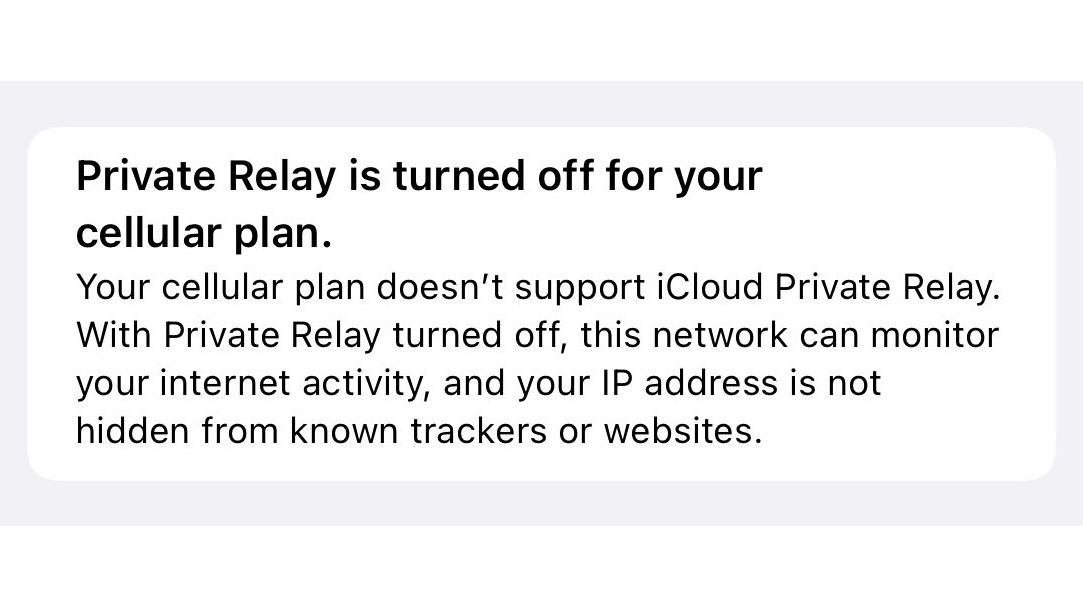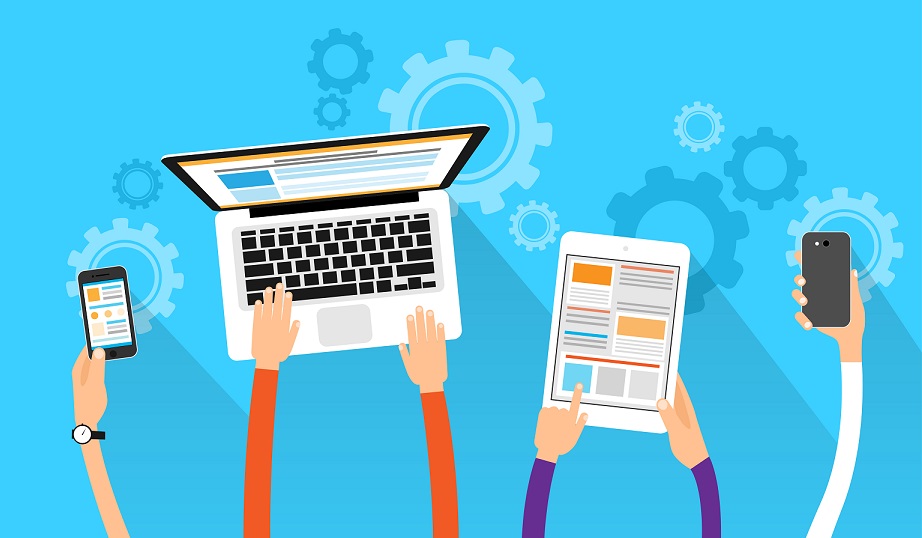How to upgrade your business devices to the latest version of iOS and macOS
Preparing for the latest version of Apple's OS with minimal business disruption


Later this year, the latest version of Apple's OS will be coming to a device near you. For businesses using Apple devices, getting the new features into the hands of users without disrupting workflows or slowing productivity can be a challenge, especially when factoring in the speed at which Apple users like to upgrade.
Contrary to other ecosystems, major new versions of Apple's operating systems - macOS, iOS, watchOS and tvOS - are released annually. A combination of the simple upgrade path and no cost helps to drive impressive adoption rates for consumers. This is in stark contrast to Windows, where Windows 7 still remains more popular than the newer Windows 10, or Android where the latest OS is slowly rolled out, resulting in just a minority of devices running the latest version.
There's a strong case to be made for allowing end users to update their devices on the day the new operating systems are released. Old versions of software are always less secure, and encouraging users to upgrade to the latest operating systems as soon as possible will help ensure your business doesn't fall prey to data breaches and system vulnerabilities.
So what's the best way to prepare for and implement an upgrade in your business?
Upgrading to the latest version of macOS
There are several ways to carry out upgrades on a Mac. The most common upgrade path for macOS is an in-place upgrade, which involves installing the operating system while keeping user data intact.
One method for conducting an in-place upgrade is to send an MDM command to Macs enrolled in Apple's Device Enrollment Program (DEP). Like iOS, this MDM command will trigger your Macs to download the new OS from Apple and automatically install it on devices. However, this will only work for Macs enrolled in DEP.
For Macs not enrolled in DEP, it is easier to carry out in-place upgrades by pre-packaging the macOS installer for the user, which is then installed automatically.
Get the ITPro daily newsletter
Sign up today and you will receive a free copy of our Future Focus 2025 report - the leading guidance on AI, cybersecurity and other IT challenges as per 700+ senior executives
Imaging, which is a set of technologies that are used in a variety of deployment scenarios, is being replaced with native Apple technologies. Long-term, imaging options will continue to become less relevant when it comes to managing a Mac deployment.
The latest upgrades for macOS requires users to be connected to the internet when upgrading. This is due to firmware updates Apple installs on the Mac, further strengthening device security. Only the macOS installer can download and install these firmware updates, which validates Apple as the source of the critical firmware.
Upgrading to the latest version of iOS
Unlike macOS upgrades, there is only one workflow for iOS upgrades. They are made available by Apple and are then installed by the end user. While organisations can't block end users from upgrading, they can mass upgrade end users on supervised devices (running iOS 10.3 or later), leveraging the upgrade MDM command.
With iOS 11, organisations were able to manually enroll iOS devices regardless of how they were purchased, using the Apple Configurator to retroactively add devices into DEP.
During DEP enrollment, MDM is no longer optional and all iOS devices will now be supervised. While this may not impact your workflows, consider the potential impact to the end-user experience and setup process, and keep in mind that supervision and DEP now go hand in hand.
Communicate the plan to end users
When it comes to upgrades, it's better to err on the side of caution and overcommunicate than for people to miss out key details of the plan. Not every end user is aware of the time it takes to upgrade a Mac. It is wise to inform users in advance of the average upgrade time, and communicate the best time of day to upgrade.
It is also essential that your end users back up their device(s) before they update just in case there are any hitches with installation, regardless of whether their backup is localised or through iCloud.
Esther is a freelance media analyst, podcaster, and one-third of Media Voices. She has previously worked as a content marketing lead for Dennis Publishing and the Media Briefing. She writes frequently on topics such as subscriptions and tech developments for industry sites such as Digital Content Next and What’s New in Publishing. She is co-founder of the Publisher Podcast Awards and Publisher Podcast Summit; the first conference and awards dedicated to celebrating and elevating publisher podcasts.
-
 Cleo attack victim list grows as Hertz confirms customer data stolen
Cleo attack victim list grows as Hertz confirms customer data stolenNews Hertz has confirmed it suffered a data breach as a result of the Cleo zero-day vulnerability in late 2024, with the car rental giant warning that customer data was stolen.
By Ross Kelly
-
 Lateral moves in tech: Why leaders should support employee mobility
Lateral moves in tech: Why leaders should support employee mobilityIn-depth Encouraging staff to switch roles can have long-term benefits for skills in the tech sector
By Keri Allan
-
 Apple's App Store now allows unlisted apps
Apple's App Store now allows unlisted appsNews Businesses are invited to make their limited-audience apps available only through a direct link
By Connor Jones
-
 Mobile operators deny blocking Apple's Private Relay feature
Mobile operators deny blocking Apple's Private Relay featureNews T-Mobile says users were unable to access the VPN-like feature due to a fault in iOS 15.2
By Sabina Weston
-
 Facebook launches Portal for Business device management service
Facebook launches Portal for Business device management serviceNews The new package is being launched alongside fresh Portal Go and Portal+ hardware
By Keumars Afifi-Sabet
-
 Google brings enterprise-grade Android security to SMBs
Google brings enterprise-grade Android security to SMBsNews Android Enterprise Essentials offers mobile device management capabilities for businesses of all sizes
By Rene Millman
-
 Four steps to successful Apple device management in your business
Four steps to successful Apple device management in your businessIn-depth Apple devices are rising in popularity, so how can you deploy and manage them in your organisation?
By Esther Kezia Thorpe